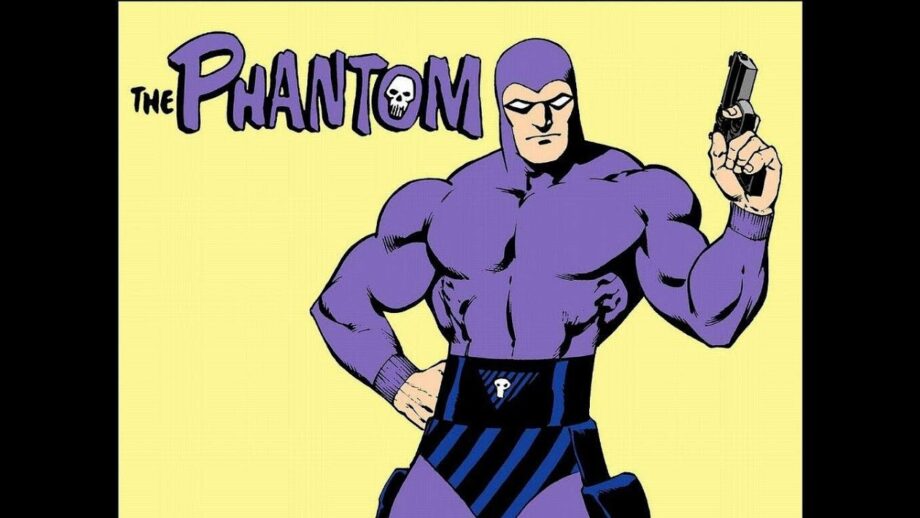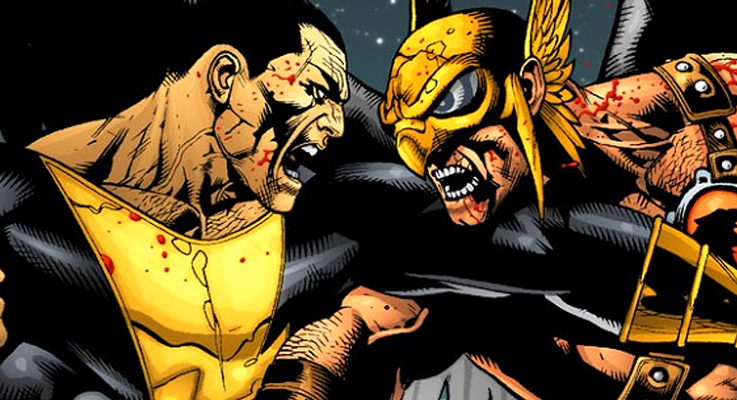While the Phantom may not have achieved the American icon status of contemporaries like Batman and Superman, he is by far the most popular superhero in the Independent State of Papua New Guinea (PNG), and his impact can be seen across the culture. Many believe the Phantom, who originally appeared in a comic strip by Lee Falk in 1936, to be the first costumed superhero. The Phantom has been utilized in PNG public service to promote anything from reading to nutrition to safe sex, in addition to comic books and strips. The Phantom was even emblazoned on the shields of PNG’s most valiant soldiers.

The Phantom comics were introduced to the Highlands of Papua New Guinea during World War II, and they featured a setting and subject matter that reflected the country’s nature, distinguishing them from the other superhero books available. The Phantom lives in the imaginary tropical country of Bangalla, which is similar to PNG’s Highlands. While Bangalla was designed to be foreign, it was instantly recognizable in PNG, much like comic readers from metropolitan areas might see themselves in Gotham or Metropolis. PNG tribes painted the Phantom onto their battle shields in the same way that Americans painted Superman, Donald Duck, and Popeye on their military vehicles.
In the late 1970s, after decades of calm in the Highlands, tribal warfare resurfaced once more. As war shields were pulled out of retirement in need of repainting, Kaipel Ka of the Wahgi people became the go-to artist. According to Mark Eby’s short documentary The Man Who Cannot Die, Ka decided to upgrade their looks. He developed an altogether new form of painting known today as “pop tribal” by combining “the concepts of the white man with the guy from the village,” as he described it. He used anything from beer and beverage brands to football teams, but his favorite superhero, the Phantom, was his and many of his classmates’ favorite.

While PNG war shields are no longer useful on the battlefield, they remain an essential part of the culture and are still utilized for ceremonial purposes. Art collectors and historians have flocked to the shields, which are now on display in museums all over the world. Kaipel Ka painted shields until he died of cancer in 2008, while another painter from his community, John Wahgi, currently creates shield artwork, Phantom and all. Like the Phantom he admired, Ka’s legacy has been handed on to the next generation.
Source: Screen Rant


